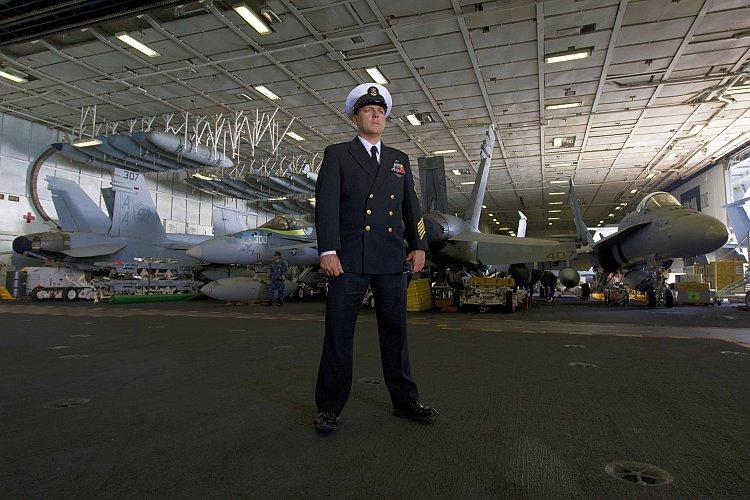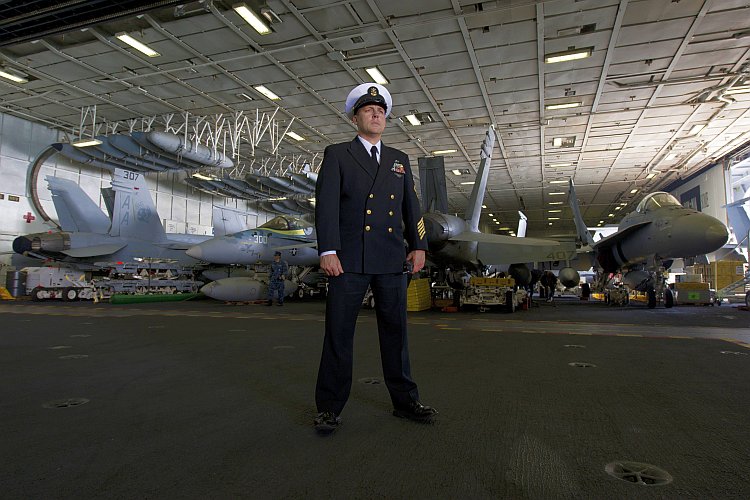President Barack Obama unveiled the new national security strategy on Jan. 5 that directs the military to focus on potential adversaries in Asia and the Pacific. The military shift to the Asia-Pacific is carrying out the Defense Department’s Air-Sea Battle concept, which was laid out in the 2010 Quadrennial Defense Review (QDR)—a strategy to “defeat aggression in anti-access environments” and to “deter, defend against, and defeat aggression by potentially hostile nation-states.”
The Chinese regime’s anti-access strategy was outlined in an April 22, 2011 report from the Congressional Research Service (CRS) by Naval Affairs specialist Ronald O'Rourke.
It states that the Department of Defense “and other observers” believe the Chinese regime’s short-term military modernization is geared toward “addressing the situation with Taiwan,” and its military will try to block U.S. intervention.
“Consistent with this goal, observers believe that China wants its military to be capable of acting as a so-called anti-access force—a force that can deter U.S. intervention in a conflict involving Taiwan, or failing that, delay the arrival or reduce the effectiveness of intervening U.S. naval and air forces,” it states.
The strategy, meant to prevent or defend against such a scenario, was made more explicit in Feb. 2011, when the Pentagon announced a shift of focus to the Pacific, accompanied with new battle plans: the Air-Sea Battle concept.
The new warfare concept, which was still being crafted at the time, was described by Adm. Willard as a “natural evolution, progression for us, as we advance our military capabilities, and I think it will only enhance the capabilities that we present to this region, the Asia-Pacific, within U.S. Pacific Command,” states a report from The Washington Times.
It adds, “Officials said the plan responds to China’s ‘anti-access’ strategy of using ballistic and cruise missiles, submarines, and aircraft to drive U.S. forces out of the western Pacific or limit them in aiding U.S. allies.”
The QDR states the strategy covers how U.S. forces will work across the battlefields of air, land, space, and cyberspace.
These statements were made just after an assessment of the Chinese regime’s “long-term, comprehensive military modernization,” which has included “fielding large numbers of advanced medium-range ballistic and cruise missiles,” and developing new “attack submarines equipped with advanced weapons.” The list continues, including the regime’s focus on “electronic warfare and computer network attack capabilities, advanced fighter aircraft, and counter-space systems.”
“China has shared only limited information about the pace, scope, and ultimate aims of its military modernization programs, raising a number of legitimate questions regarding its long-term intentions,” the QDR states.
Submarines and cyberwar are expected to play a large role in any conflict with the Chinese regime, and strategies to defend against this are already being set in place. By 2011, the United States had already taken several actions to support this plan. These were outlined in the CRS report.
It states that the attack submarines and supporting systems “are viewed as key elements of China’s emerging anti-access force,” noting that other “force elements” for “attacking U.S. airbases and other facilities in the Western Pacific” also play key roles.
The anti-access strategy being developed by the Chinese regime “can be viewed as broadly analogous to the sea-denial force that the Soviet Union developed during the Cold War to deny U.S. use of the sea or counter-U.S. forces participating in a NATO-Warsaw Pact conflict,” states the CRS.
Yet, a key difference is the Chinese use of anti-ship ballistic missiles (ASBMs) that can hit moving ships at sea.
Responding to this, the Navy moved all three of its Seawolf class submarines to the Pacific—these are its largest and most heavily armed nuclear-powered fast-attack submarines (SSNs). It also moved two of its four Trident cruise missile/special operations submarines to the Pacific. Meanwhile, U.S. forces in the Pacific are being given increased training in antisubmarine warfare, according to the CRS.
A long list of other systems were also set in place, including assignment of Aegis destroyers—warships the CRS states “can be viewed as having been prompted in large part by Navy concerns over its ability to counter China’s maritime anti-access capabilities.”
This was explained more in-depth on Feb. 28 by Lt. Gen. Herbert J. Carlisle, deputy chief of staff for operations, plans, and requirements, Air Force headquarters. Carlisle spoke at an Air Force Association meeting in Washington, which was covered by National Defense, a magazine of the National Defense Industrial Association (NDIA), the leading U.S. defense industry association dedicated to national security.
Under the new strategy, the Air Force and Navy are currently working to “combine their high-tech weaponry in an effort to counter well-armed adversaries,” states a Feb. 28 NDIA report.
It states that under the Air-Sea Battle concept, the military is trying to find ways to make weapon systems work together that were not originally designed to do so. This may include having F-22 fighter jets working with a submarines to prepare for a Tomahawk missile strike.
This is meant, in part, to counter electronic and cyberwarfare, since “In a combat theater where electronic and cyberwarfare might occur, as it would be in a hypothetical conflict with China, linking fighter jets with ground and naval forces ramps up the risk of intrusion,” NDIA reported, summarizing Carlisle’s statement.
The Navy and Air Force are also working to develop “a force-wide secure network that could be used in support of special operations forces penetrating deep into hostile territory,” NDIA states.
Similar strategies were set in place during the Cold War to prepare for potential conflict. But, U.S. leaders have emphasized that the new strategy is not meant as an attack against China or an attempt to close it in.
The Pentagon’s American Forces Press Service (AFPS) reported Feb. 19 that: “The military’s strategic shift to the Pacific region provides an opportunity to improve U.S.-China relations.”
“In our re-strategy, we’ve taken a decision to rebalance ourselves toward the Pacific,” Army Gen. Martin E. Dempsey said during an interview with CNN’s Fareed Zakaria, AFPS reported.
Dempsey added, “I think this is more opportunity than liability to improve our relationship with China, and I am personally committed to having that as the outcome rather than get into an arms race or into some kind of confrontation with China.”







